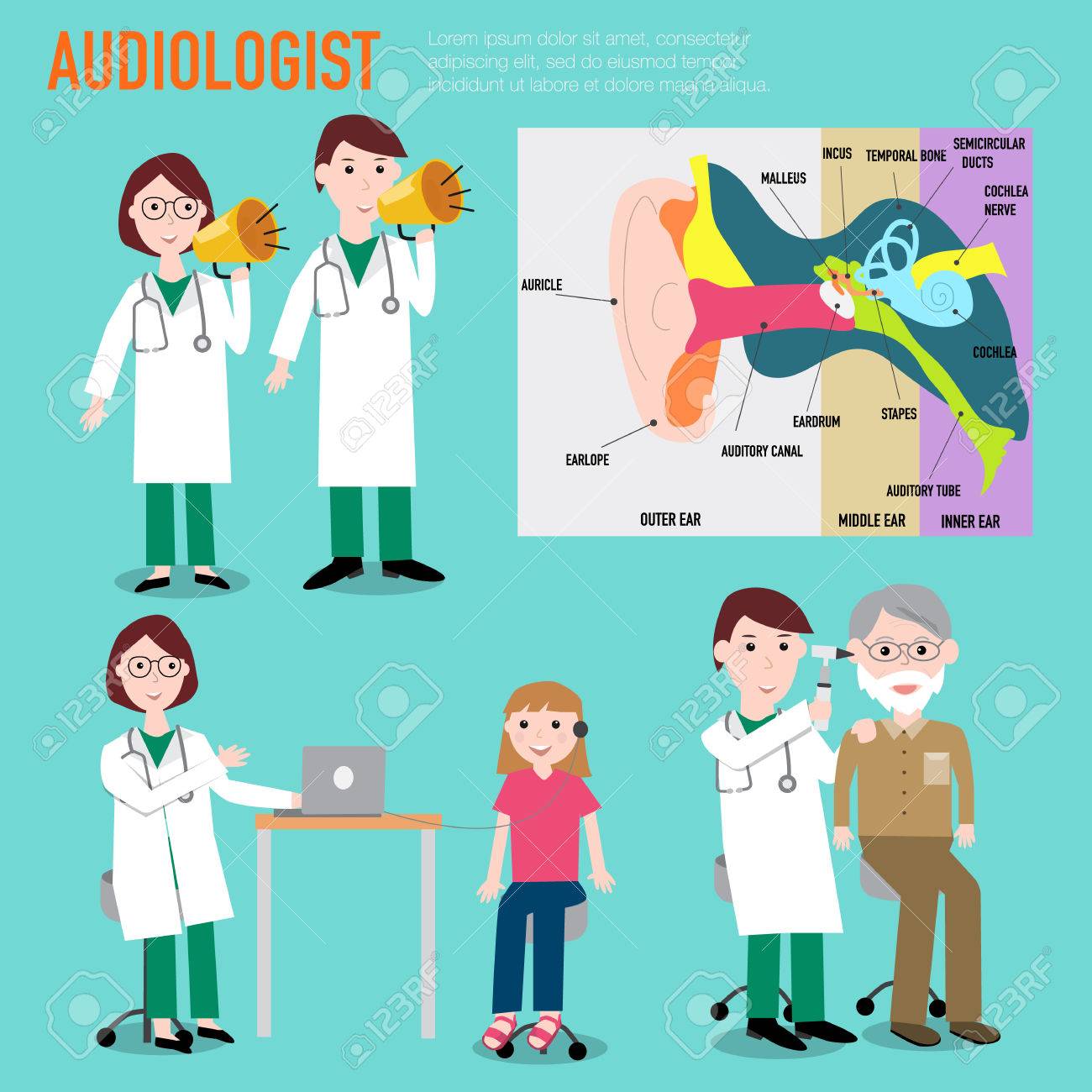Enhancing Knowing: Resolving Auditory Processing Issues In Dyslexia
Enhancing Knowing: Resolving Auditory Processing Issues In Dyslexia
Blog Article
Created By-Bock Stryhn
When you take into consideration the difficulties that dyslexic learners face, it's clear that acoustic processing issues frequently play a significant function. You may ask yourself exactly how customized methods can bridge the gap between acoustic directions and comprehension. By integrating aesthetic help and damaging jobs into manageable actions, you might improve emphasis and understanding. However, the remedies do not stop there. What various other strategies can produce a truly supportive discovering environment that cultivates success and self-confidence?
Recognizing Dyslexia and Auditory Handling
Dyslexia influences roughly 1 in 5 individuals, making it among the most typical learning disabilities. If you're navigating dyslexia, you may discover that it does not simply influence analysis and writing; it can also influence how you process auditory info.
Auditory processing describes exactly how your brain analyzes noises, including language. When feeling stupid deal with this, it can cause difficulties in understanding talked instructions and adhering to discussions.
You might notice that you usually misinterpret what you listen to or that it takes longer for you to react in conversations. This isn't a representation of your knowledge; it's a details problem pertaining to processing auditory signals.
Understanding this connection is important because it helps make clear why you might master visual jobs while encountering obstacles in tasks that depend on auditory understanding.
Identifying these obstacles can equip you. By comprehending the complexities of dyslexia and auditory processing, you can better promote for your requirements, whether in educational settings or social situations.
It's necessary to acknowledge these concerns so you can seek the appropriate support and strategies in the future.
Efficient Techniques for Assistance
Navigating the challenges of acoustic handling can really feel frustrating, but there are effective techniques that can aid you prosper.
By executing these strategies, you can boost your knowing experience and boost your ability to process auditory information.
- ** Use visual aids **: Coupling auditory guidelines with visual supports, like charts or representations, can considerably improve comprehension.
- ** Break jobs into smaller steps **: Streamlining guidelines into convenient chunks enables you to focus and process information better.
- ** Exercise active paying attention **: Engage in workouts that urge you to listen attentively, such as summarizing what you have actually listened to or asking questions for explanation.
- ** Incorporate innovation **: Make use of applications or software application made to assist with acoustic handling, such as speech-to-text devices or audiobooks, to enhance discovering.
Creating Helpful Understanding Settings
Producing a supportive learning environment is essential for assisting individuals with auditory handling difficulties succeed. Begin by minimizing distractions in your classroom or learning area. Use acoustic panels or soft home furnishings to absorb sound, which can help trainees concentrate much better. Make sure seating setups allow for clear sightlines to the educator and any type of visual aids.
Next off, integrate clear and concise communication. Talk gradually and use easy language, checking for recognizing regularly. Motivate students to ask questions if they're unclear. Visual help like graphes, layouts, and composed guidelines can enhance comprehension and retention.
Additionally, promote please click the following post of patience and understanding among peers. Instruct students about auditory processing problems, promoting compassion and assistance. Team activities can be valuable; simply make certain that roles are clear and that trainees interact to support each other.
Finally, provide routine comments. Commemorate progress and achievements, no matter exactly how tiny. This inspiration develops confidence and enhances the concept that discovering is a trip.
Conclusion
In your journey to enhance finding out for individuals with dyslexia, think about each technique as a tipping stone across a river. By weaving with each other auditory and aesthetic aids, damaging tasks into bite-sized items, and nurturing a supportive setting, you aid create a bridge to understanding. Keep in mind, cultivating empathy among peers and engaging families can light the path to success. With persistence and commitment, you'll empower students to soar above challenges, changing their struggles right into strengths.
